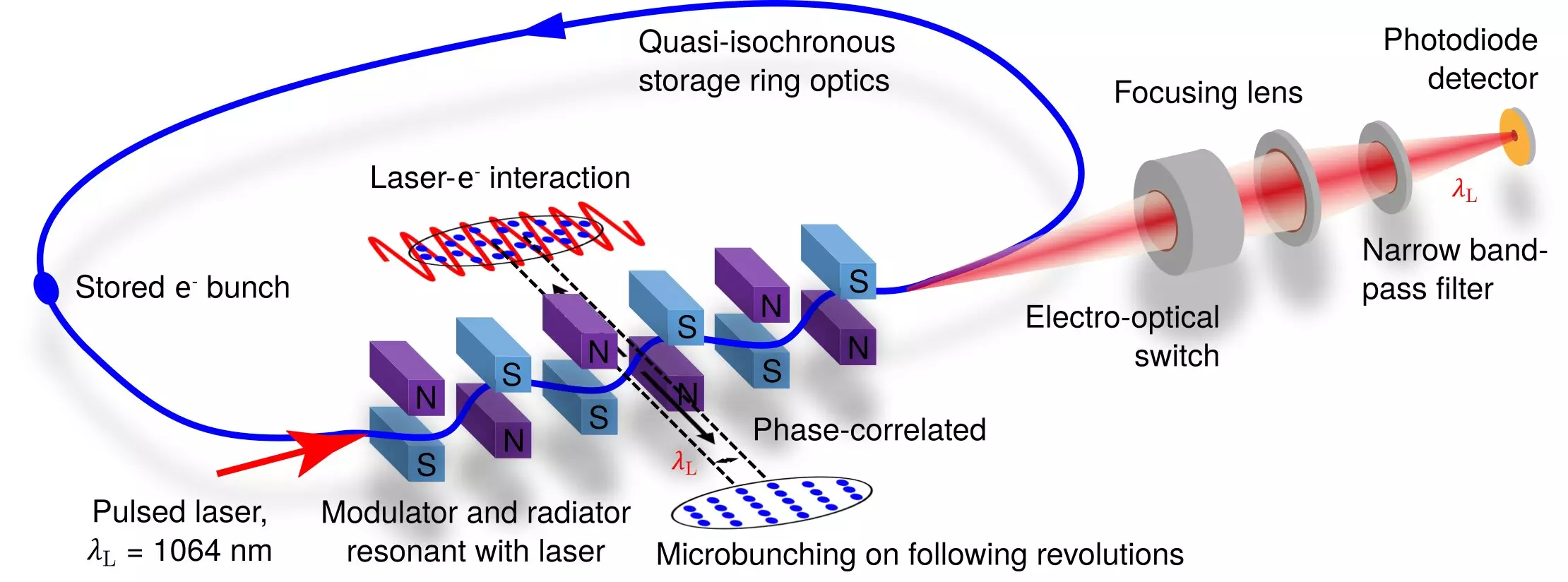Synchrotron radiation has long been used as a valuable tool in materials research, providing scientists with a broad spectrum of wavelengths for analysis. However, the radiant power of this light is often limited when using traditional monochromators. This limitation led physicist Alexander Chao and his team to rethink the process, aiming to deliver monochromatic, coherent light with kilowatt outputs.
In 2010, Chao and his team discovered that by shortening the length of the electron bunches orbiting in a storage ring to be shorter than the wavelength of the emitted light, the radiation becomes coherent and significantly more powerful. This shift in approach could potentially lead to outputs millions of times more powerful than previously achievable. This breakthrough could revolutionize the field of materials research, opening up new possibilities for studying a wide range of materials with unprecedented detail.
The Role of Isochrone Rings in SSMB
Chinese theorist Xiujie Deng has developed a set of settings for isochrone rings, also known as “low-alpha” rings, as part of the Steady-State Micro-Bunching project (SSMB). These rings, when combined with laser interactions, can create incredibly short particle bunches, measuring only one micrometer in length. The successful demonstration of this concept in a proof-of-principle experiment in 2021 marks a significant milestone in the development of SSMB radiation sources.
The research team from HZB, Tsinghua University, and PTB have been able to validate Deng’s theory through extensive experiments, showcasing the potential of SSMB as a powerful radiation source for materials research. However, project manager Jörg Feikes acknowledges that there is still much work to be done before SSMB can be fully implemented. Drawing parallels to the development of free-electron lasers, Feikes highlights the long-term commitment required for such groundbreaking projects.
By harnessing the power of coherent radiation from shortened electron bunches, researchers are on the brink of a new era in materials research. The potential for high-power, monochromatic light sources could revolutionize the way scientists study and understand materials at the atomic level. As advancements in accelerator technology continue to progress, the future of coherent radiation holds promise for unlocking new discoveries in the field of materials science.


Leave a Reply